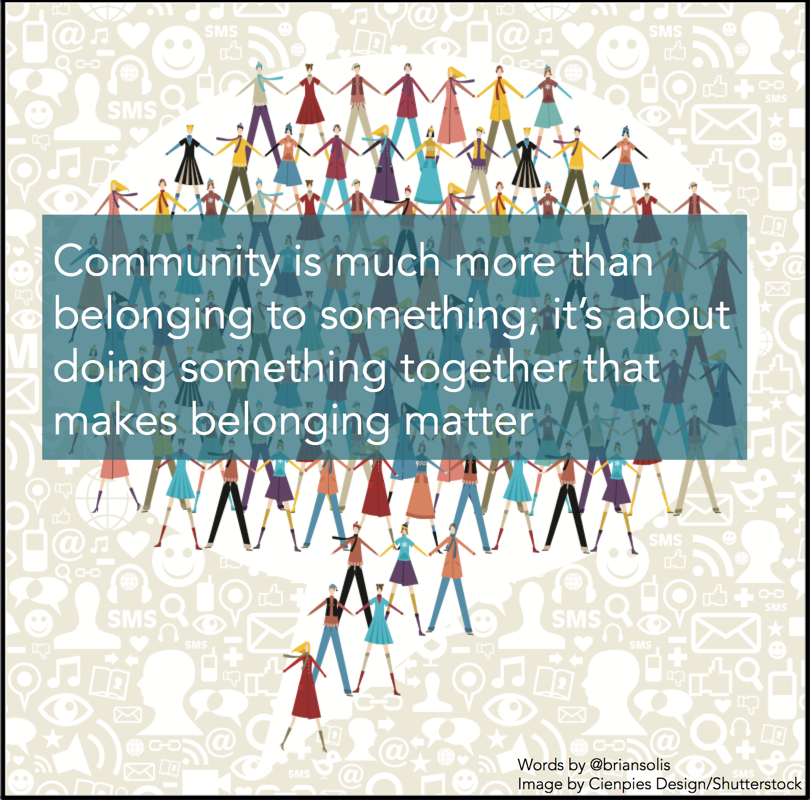BHAG
- Maria Lopez
- Jun 9, 2023
- 2 min read

"A true BHAG (Big, Hairy, Audacious Goals) is clear and compelling, serves as a unifying focal point of effort, and acts as a catalyst for team spirit. It has a clear finish line, so the organization can know when it has achieved the goal; people like to shoot for finish lines. A BHAG engages people -it reaches out and grabs them. It is tangible, energizing, and highly focused. People get it right away; it takes little or no explanation."
James C. Collins.
A Big Hairy Audacious Goal (BHAG) is a huge, long-term specific goal that forces an organization to think big and create a plan for long-term success (Collin &Porras, 1994).
In education, we can use this concept to design significant learning environments for our students. The goal focuses more on who the students will be or become as a result of the course rather than just focusing on what they will be able to do. Using a backward design model and working within an outcomes-based education (OBE) will give us a clear focus on what the learner needs to do to achieve the BHAG. Motivation is also critical, so we must consider the why when designing this environment. People are not interested in what they need to do as much as they are interested in why they need to do it (Sinek, 2009).
Fink’s Self-Directed Guide to Designing Courses for Significant Learning mentions three components of an integrated course design: learning goals, learning activities, and learning assessments. In which all three components are in alignment and support each other.
We want our learners to see the big picture, so we need to create environments with clear outcomes, connecting learning activities that will lead to the goal and consistent assessment activities that provide feedback to help students reach the outcomes.
In most of my academic trajectory, I usually received much information for each course and then asked to regurgitate this content in tests. How much of this information do I remember? It is hard to recall many concepts that usually were only memorized. This is very common when we collect dots instead of connecting them (Harapnuik, 2015). Comparing that learning environment with the one for this master’s program, I am a motivated learner that can see whom I will become at the end of the program. Able to go deep into some ideas through the courses and reinforce others later. I am making meaningful connections.
I am an independent learner and want my students to be that way. By implementing ePortfolios, I can create a significant learning environment for my students and make learning active and engaging to help them become self-directed learners.
References
Collins, J. & Porras, J. (1994). Build to Last: Successful Habits of Visionary Companies. New York. Harper Business.
Fink, L. D. (2005). A self-directed guide to designing courses for significant learning. Retrieved from: https://www.deefinkandassociates.com/GuidetoCourseDesignAug05.pdf
Harapnuik, D. (2015, August 15). Connecting the dots vs. collecting the dots.Retrieved from https://www.youtube.com/watch?time_continue=1&v=85XpexQy68g
Sinek, S. (2009). Start with why: How great leaders inspire everyone to take action. Penguin.
Image Retrieve from https://blog.growthinstitute.com/es/estrategia/ya-tienes-claro-cual-es-tu-bhag




Comments